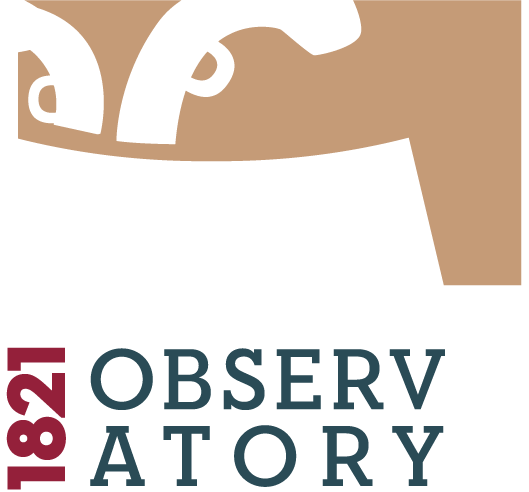Panel: "Dance in revolutionary rhythms"
Item
Title
Panel: "Dance in revolutionary rhythms"
List Of Authors
Spatial Coverage
Subject - keywords
Date
23 April 2021
Abstract
Vasso Barboussi: ‘The Dancing Body as a Revolutionary Act’
Synopsis: In modern times, the art of dance has been associated either with national liberation revolutions or with uprisings of socially powerless people. Dance became the place where people expressed their political and revolutionary beliefs by dancing. Since the 18th, 19th and throughout the 20th century, the dancing body has played an important role in liberation and social movements and uprisings, in the sense that it was used as a means by which marginalised people resisted enslavement, social injustice and oppression.
Christos Papakostas: “Philhellenic Choreographies. Travel Projections and Representations’
Synopsis: The intervention will attempt to discuss aspects of the relationship between the texts of Greek travellers and Greek traditional dance with emphasis on the 18th century. In particular, the attitudes and perceptions about the Greek traditional dance and its consequent textual representations in the texts of the travellers will be highlighted. In addition, the presentation will address the key issue of the use of these texts in the context of the establishment of dance studies in Greece.
Irene Loutzaki: ‘The Dance of Zalongo, a Legend with Great Endurance’
The Dance of Zalongo is a case of inventing a myth. No other historical event of the pre-revolutionary period attracted the interest of the bibliographic production as much as the fall of the women of Souli in Zalongo and the dance associated with the fall of the women on the cliff. The Dance of Zalongo not only was not to be questioned, but, on the contrary, within a few years it would experience an impressive diffusion.
(Edited description from organiser’s website)
Synopsis: In modern times, the art of dance has been associated either with national liberation revolutions or with uprisings of socially powerless people. Dance became the place where people expressed their political and revolutionary beliefs by dancing. Since the 18th, 19th and throughout the 20th century, the dancing body has played an important role in liberation and social movements and uprisings, in the sense that it was used as a means by which marginalised people resisted enslavement, social injustice and oppression.
Christos Papakostas: “Philhellenic Choreographies. Travel Projections and Representations’
Synopsis: The intervention will attempt to discuss aspects of the relationship between the texts of Greek travellers and Greek traditional dance with emphasis on the 18th century. In particular, the attitudes and perceptions about the Greek traditional dance and its consequent textual representations in the texts of the travellers will be highlighted. In addition, the presentation will address the key issue of the use of these texts in the context of the establishment of dance studies in Greece.
Irene Loutzaki: ‘The Dance of Zalongo, a Legend with Great Endurance’
The Dance of Zalongo is a case of inventing a myth. No other historical event of the pre-revolutionary period attracted the interest of the bibliographic production as much as the fall of the women of Souli in Zalongo and the dance associated with the fall of the women on the cliff. The Dance of Zalongo not only was not to be questioned, but, on the contrary, within a few years it would experience an impressive diffusion.
(Edited description from organiser’s website)
Type specialization
Format
Data sets
Language
Bibliographic Citation
Number Of Pages - Duration
02:15:00
Rights
BY-NC-SA Attribution-NonCommercial-ShareAlike
note
The event features a band that will perform live traditional songs, consisting of Yiannis Pavlopoulos (violin, singing), Konstantina Patsi (zither, singing), and Iordanis Kouzinopoulos (lute).
Linked resources
Filter by property
| Title | Alternate label | Class |
|---|---|---|
| European liberalism and the Greek War of Independence: Panel discussion |
Position: 5060 (59 views)
